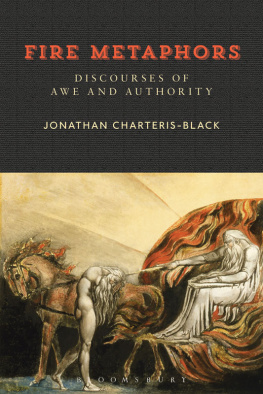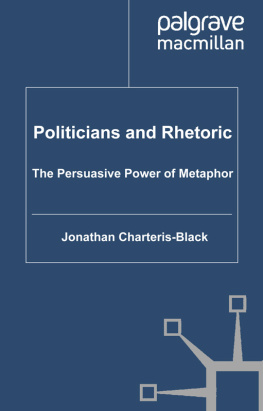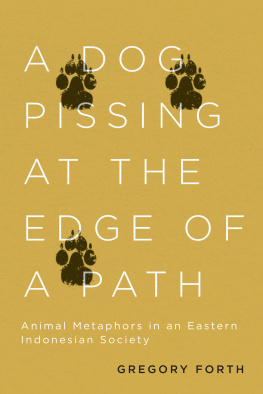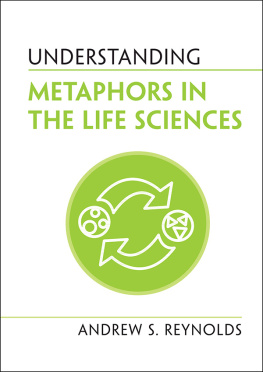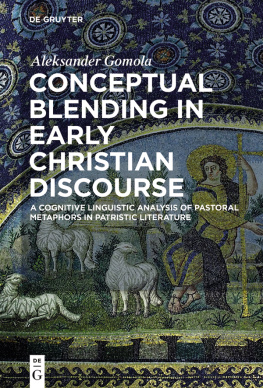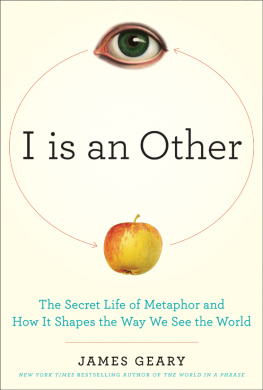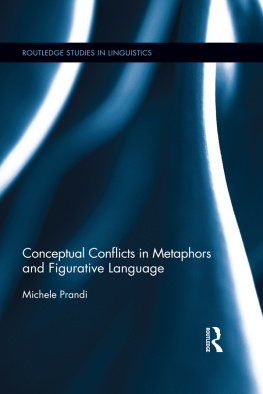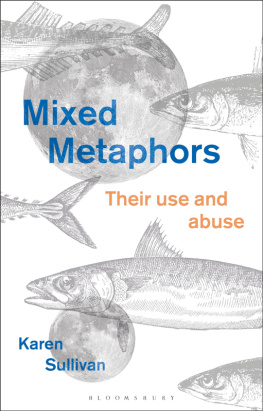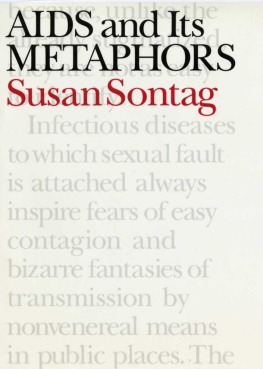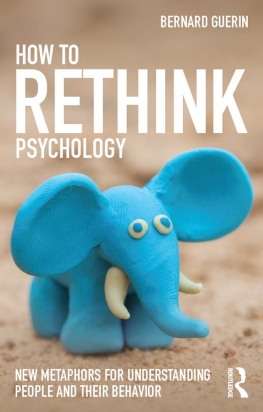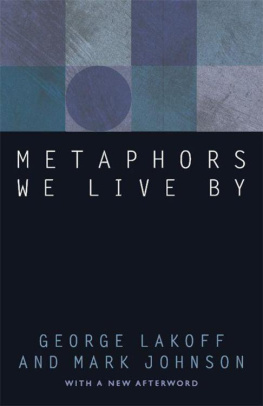Fire Metaphors
Also available from Bloomsbury
Contagious Metaphor, Peta Mitchell
Metaphor and Intercultural Communication, edited by Andreas Musolff,
Fiona MacArthur and Giulio Pagani
Political Metaphor Analysis, Andreas Musolff
Sex in Language, Eliecer Crespo-Fernndez
Also by Jonathan Charteris-Black
Analysing Political Speeches: Rhetoric, Discourse and Metaphor, (2014)
Politicians and Rhetoric: The persuasive power of metaphor, (2011, 2nd edition)
Gender and the Language of Illness, (2010)
The Communication of Leadership: The Design of Leadership Style, (2007)
Corpus Approaches to Critical Metaphor Analysis, (2004)
Fire Metaphors
Discourses of Awe and Authority
Jonathan Charteris-Black
Bloomsbury Academic
An imprint of Bloomsbury Publishing Plc

For the two sparks of my life, my beautiful daughters Sara and Tanya:
may your flames always burn brightly!
I would especially like to thank Zoltn Kvecses for his insightful comments on a draft of the whole manuscript. In addition, I would like to thank Jenny Rose for her detailed comments on a draft of the chapter entitled Fire in Zoroastrianism. I would also like to thank Clive Seale for his comments on a draft of
Introduction: Fire and power
On the 17th of December 2010, a young street vendor, Tarek Bouazizi, set himself on fire as a personal protest against the confiscation of his wares and the humiliation he had experienced at the hands of the Tunisian authorities. This symbolic action, and his resulting death soon afterwards, sparked off the Tunisian revolution leading to the fall of President Zine Ben Ali, and ignited civil protest against the authorities in many parts of the Arab world in a series of related protests that spread rapidly and became known as the Arab Spring. While the Arab Spring is easily recognized as a metaphor, if only from being placed in inverted commas, the other metaphors in the previous sentence sparked off, ignited and spread are less readily recognized as metaphors for two reasons. The first is because when passions are inflamed, it seems natural to employ a fire metaphor because of our embodied experience of a rise in temperature when emotionally aroused. The second is because the events that they describe actually involved the use of fire; angry people tend to burn cars and buildings and, more tragically, people set fire to themselves. Metaphors of fire derive from our experience of heat and fire, either within our bodies or in the external world, and they communicate powerful psychological and emotional responses. It is such fire metaphors that form the topic of this book.
While our scientific understanding of fire has grown in disciplines such as climatology and environmental management accelerated by the burning of fossil fuels and the carbonization of the atmosphere this has not yet been accompanied by an equivalent understanding of how fire works in the human mind. Our relationship with fire has influenced our understanding of a wide range of spiritual, psychological and social relationships. Fire has come to represent divine punishment, personal creativity, social protest and private emotion. It is little surprise that a very successful form of electronic reading device has been branded as the kindle because fire metaphors are inherently persuasive and are therefore commonly used in the language of product branding (itself originally a fire metaphor). A study of metaphors derived from the fire lexicon in a range of religious and political discourses provides insight into how they contribute to a language of power that I will refer to as discourses of awe and of authority. As Sontags study of war metaphors in illness experience has illustrated, an in-depth exploration of an apparently narrow linguistic area can offer a much broader understanding of the mental constructs that underlie the role of language in constructing the social world.
There was nothing essentially novel about the act of self-immolation committed by the young Tunisian street hawker; what was novel was that acts of self-combustion are more commonly associated with Indian and Buddhist cultures rather than Islamic ones where suicide is strictly forbidden. The practice of Buddhist self-immolation became more widely known in the West after its use by Buddhist monks in Vietnam during the anti-colonial protests of the 1960s. In June 1963, a Buddhist monk named Thich Quang Duc set himself on fire while seated in a meditation position at a major crossroads in Saigon. The act of self-immolation came to symbolize Buddhist resistance to President Diems suppression of Buddhism. Western media coverage of this symbolic action made the practice more widely known to audiences who had previously associated death by fire with the martyrdom of religious non-conformists. The original meaning of immolation was killing a sacrificial victim and its etymology can be traced to the Latin immolare to sprinkle with sacrificial meal (mola salsa).
While burning at the stake is not an exclusively European practice, it was one extensively employed by European powers during their sixteenth- and seventeenth-century wars of religion, and, to a lesser extent, in their overseas colonial conquests. Burning heretics was the most visible, final and theologically grounded means for eliminating ideological opponents. This practice was employed by the Jesuits of the Inquisition when enforcing religious conformity through the trial known as the auto-de-fe a ritual re-enactment of the Last Judgement. The sight of heretics being publicly burnt at the stake was intended to remind the audience of the divine punishment that awaits all sinners in the form of eternal hell-fire. The public display of suffering was a highly persuasive means for enforcing conformity. Those who repented during the auto-de-fe would be strangled or garrotted prior to being burnt and so would be saved from the punishment that awaited the damned. As Foucault (1975: 58) reminds us: it was a policy of terror, whose aim was to make everyone aware, through the body of the criminal, of the unrestrained presence of the sovereign. The public execution did not reestablish justice; it reactivated power.
As well as the almost unimaginable pain, what is most significant about self-inflicted death by fire is that it implies a spiritual motivation as the perpetrator could only bear such sacrifice as a result of psychological suffering, or with a view to making a spiritual point. When Joan of Arc was asked at her trial, Do you not, then think yourself bound to submit your words and deeds to the Church Militant, or to any other but God?, the heroic young militant replied:
What I have always said in the Trial, and held, I wish still to say and maintain. If I were condemned, if I saw the fire lighted, the faggots prepared, and the executioner ready to kindle the fire, and if I myself were in the fire, I would not say otherwise, and would maintain to the death all I have said.
In the margin of the original manuscript the Registrar Manchon wrote: Responsio Johanne superba. The terror of such a fate eventually forced her to recant albeit too late to satisfy the Church Militant. But her testimony of courage and of resistance remains.
A Jesuit, Bocanegra, recorded a similar act of defiance by a heretic:
The voluntary embrace of the flames whether by a sixteenth-century heretic, or by a 21st century protestor is a symbolic action that rejects all forms of human authority. Self-immolation reclaims the divine motivation as the victim re-asserts control over his own body by complete acceptance of suffering; the immolated therefore ceases to be victim and becomes the agent of his own salvation: a martyr!
Next page
